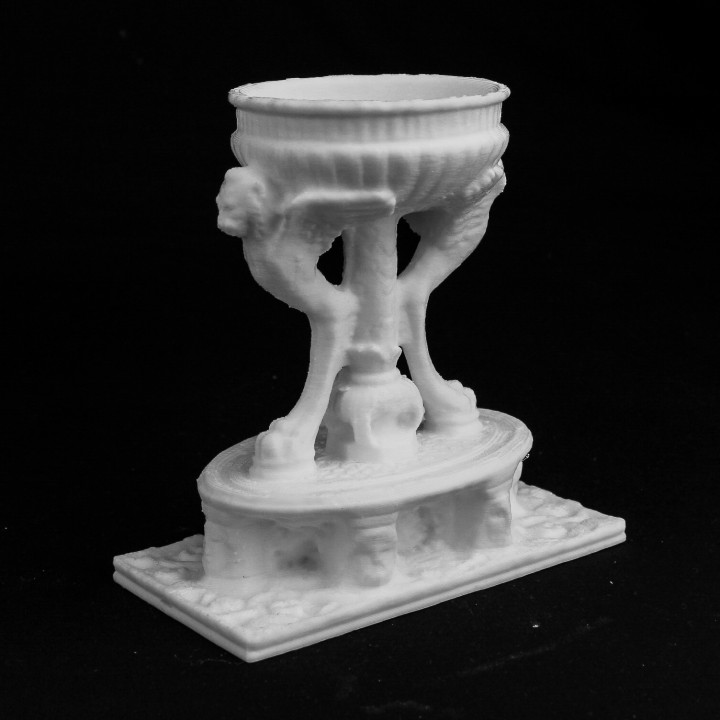
The Piranesi Vase at The British Museum, London
myminifactory
The renowned Italian architect and engraver Giovanni Battista Piranesi (1720-78) made a lasting impression on the art world with his striking architectural views of ancient and modern Rome tailored specifically for the Grand Tour market. By the late 1760s, he began to capitalize on the lucrative restoration and sale of antiquities, forming a successful business partnership with the British dealer Gavin Hamilton (1723-98). In 1769, Piranesi and Hamilton acquired a substantial collection of ancient fragments discovered at the Pantanello site, located within the villa grounds of the Roman Emperor Hadrian at Tivoli near Rome. These fragments were meticulously restored and integrated into elaborate pastiches, many of which were published in Vasi, Candelabri, Cippi, Sarcofagi… (2 vols, 1778). The majority of the plates in this publication were dedicated to past or prospective clients, with over fifty being British, highlighting their prominent position on the antiquities market. Piranesi's description of the vase in his book (vol. II plates 58-59) praises it as a remarkable work from the time of the Roman Emperor Hadrian (reigned AD 117-138). However, he fails to mention that only small sections are authentic (two of the bull's heads on the base, sections of the lion's legs and parts of the relief depicting satyrs picking grapes), while the rest is entirely his own creation. Essentially, the vase is a grand neo-classical masterpiece rather than an antiquity. The Piranesi Vase was acquired in Rome by John Boyd, a Scottish merchant who had been appointed a baronet in 1775. Shortly after, he embarked on his Grand Tour of Italy from 1775 to 1776. Boyd owned Danson House, Bexley, a stunning Georgian villa built between 1762-67 by the architect Sir Robert Taylor, where he showcased his extensive collection of paintings, books, and antiquities. This object is part of "Scan The World", a non-profit initiative launched by MyMiniFactory to create a digital archive of fully 3D printable sculptures, artworks, and landmarks from around the globe for public access at no cost. Scan The World is an open-source community effort, and if you have interesting items nearby that you'd like to contribute, email stw@myminifactory.com to learn how you can participate.
With this file you will be able to print The Piranesi Vase at The British Museum, London with your 3D printer. Click on the button and save the file on your computer to work, edit or customize your design. You can also find more 3D designs for printers on The Piranesi Vase at The British Museum, London.
